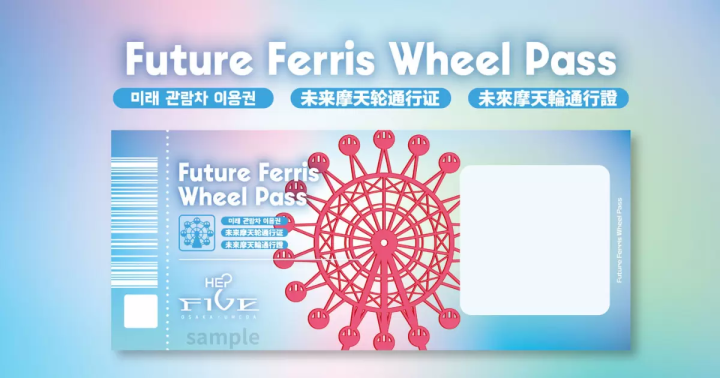Yamagata Top 15 Things To Do - Ginzan Onsen, Mt. Zao, Yamadera, And More

Yamagata Prefecture in northern Japan is filled with exciting destinations, including retro onsen towns, frost-covered trees of Mt. Zao, and local delicacies from wagyu beef, ramen, to sake. Learn the top sightseeing spots in Yamagata and how to get there.
Travel in Yamagata Prefecture
Yamagata Prefecture is located in the southern part of Japan's Tohoku region and faces the Sea of Japan.
The prefecture has scenic mountain and ocean views with hot springs steeped with history and culture. It's also where visitors can enjoy regional food and drink, including fruit, wagyu beef, ramen, and locally brewed sake.
Yamagata Prefecture has four main regions. The Murayama region is home to prefectural capital, Yamagata city, which boasts spring towns such as Ginzan Onsen and Zao Onsen, and delicious cherries.
The Okitama region is known for its Yonezawa beef, a type of wagyu Japanese beef, among other tasty foods.
The Mogami District is where visitors can relish in abundant nature, starting with the Mogami River. Finally, the Shonai region sits along the Sea of Japan and offers fresh bounty from the sea.
We've compiled fifteen fun things to see and do when visiting Yamagata Prefecture in this article.
Access to Yamagata Station
From Sendai
Get on a highway bus in front of JR Sendai Station and disembark at Yamagata Station. Travel time is about one hour. If you prefer to take the train, hop on the JR Senzan Line at JR Sendai Station and get off at Yamagata Station. Travel time is about 90 minutes.
From Tokyo
At Tokyo Station, get on board the Yamagata Shinkansen (Tsubasa) and get off at Yamagata Station. Travel time is roughly 2 hours and 45 minutes.
Additionally, traveling by air is convenient if you'd like to access the Shonai region directly. Travel time from Haneda Airport to Shonai Airport is about one hour.
Table of Contents
- 1. Ginzan Onsen: Bask in the Beautiful Snowscape
- 2. Scenic Zao: Enjoy Onsen, Frost-Covered Trees, & Lakes
- 3. Risshakuji Temple - Hiking at a Mountain Temple
- 4. Yamagata Local Museum Bunshokan - Explore This Historic Western-Style Building
- 5. Yamagata Kajo Park-Castle Ruins and Cherry Blossoms
- 6. Retro Cafes - Take a Break at Nostalgic Gotenzeki
- 7. See the Beautiful Flowers Aboard the Flower Liner Train
- 8. Experience a Rafting Trip down the Mogami River
- 9. Sankyo Soko Storehouses - Find Your Ideal Souvenir Here
- 10. Homma Museum of Art - Visit the Japanese Garden and Admire Artworks
- 11. Mt. Haguro - A Power Spot and National Treasure
- 12. Chido Museum - Learn About Japan's Interesting Past
- 13. Tsuruoka City Kamo Aquarium - See Thousands of Mystical Jellyfish Up Close!
- 14. Juroku Rakan Iwa - Admire Images Carved in Stone
- 15. Taste Yamagata Prefecture's Exquisite Cuisine
- Accommodations to enjoy Japaneseness
1. Ginzan Onsen: Bask in the Beautiful Snowscape

Picture courtesy of Yamagata Prefecture Tourism and Products Association
Ginzan Onsen is a hot spring town with a retro-style atmosphere, located in Obanazawa City's mountainous area. Situated along the Ginzan River, its streets are dotted with hot spring ryokans (traditional-style Japanese inns)—some with a history spanning 100 years.
If you go for a walk in the area, you'll feel like you've traveled back in time. In particular, gas lanterns cast an orange glow at night, which creates a mystical ambiance.

Picture courtesy of Obanazawa City
In addition to enjoying hot springs at a ryokan, we recommend a day-trip soaking in baths and the complimentary "ashiyu," or warm-water foot baths (see above picture).
2. Scenic Zao: Enjoy Onsen, Frost-Covered Trees, & Lakes

Picture courtesy of Yamagata Prefecture Tourism and Products Association
Mt. Zao sits on the Yamagata-Miyagi Prefecture border and is one of the largest snow resort areas in the Tohoku region.
Here you can do winter sports such as skiing and snowboarding while enjoying the view of the juhyo frost-covered trees. At the foot of Mt. Zao, there's an onsen town where visitors can enjoy sulfur hot springs.

Picture courtesy of Yamagata Prefecture
Juhyo refers to a natural phenomenon in which snow and ice stick on trees in the mountains. The frozen trees in this surreal scene are nicknamed snow monsters.
The best time for viewing the juhyo is during the cold months of January and February. The area is illuminated in the evenings during this peak period.

Picture courtesy of Yamagata Prefecture Tourism and Products Association
Outside the winter season is an excellent time to visit the Okama Crater. This breathtaking water-filled crater sits at an elevation of 1,500 meters, and the surface of the lake is a beautiful and distinct green color. Similar in shape to an okama (a traditional pot used for cooking rice), the crater's surrounding walls stand high and enclose the lake in its befitting name.
It's also sometimes called Goshikinuma (five-colored pond) because its color can change depending on the season and time of day.
Drive along the Zao Echo Line (open around May to November) to reach a parking lot at the summit. You'll get a fantastic view of the Okama Crater* from here.
*As of late October 2019, the viewpoint will be closed from 16:00 to 8:00 the next morning.
Read also
3. Risshakuji Temple - Hiking at a Mountain Temple

Picture courtesy of Yamagata Prefecture Tourism and Products Association
Hojusan Risshakuji Temple, also known as Yamadera Temple, is a sightseeing spot that features a historical temple complex with breathtaking natural surroundings. It's also known as the place where the Japanese poet Matsuo Basho wrote one of his famous haikus (*1) when he visited here sometime around the 17th century.
The mountain itself serves as the temple grounds. Other unique characteristics include the cliffs and mountain trails lined with other temples, shrines, and stone monuments. Particularly impressive are the spectacular views from Godaido Hall: an observation deck atop a sheer cliff.
It takes about one hour to walk from the town, located at the mountain's base, to the farthest point of the Yamadera Temple complex.
*1 Haiku: a traditional Japanese poem consisting of three lines that do not rhyme. Following a 5-7-5 structural pattern, the first and third lines include five "moras" (sound units, much like a syllable) while the second line has seven moras. Matsuo Basho is considered to be one of Japan's most famous haiku poets.
4. Yamagata Local Museum Bunshokan - Explore This Historic Western-Style Building
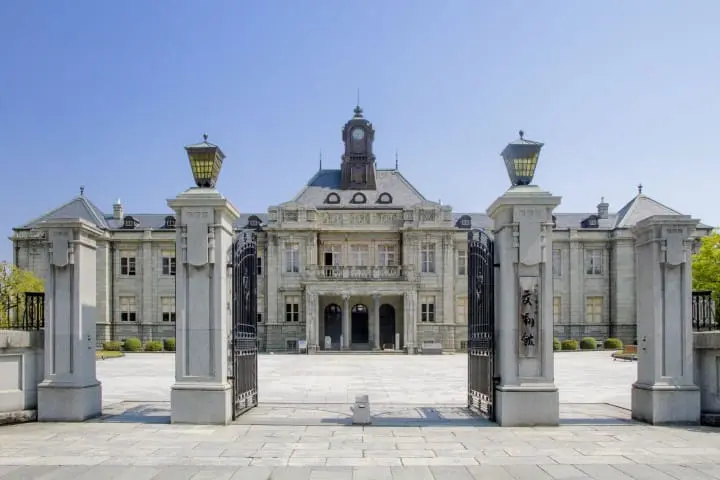
Picture courtesy of Yamagata Prefecture Tourism and Products Association
Built in 1916, the Yamagata Local Museum Bunshokan is a structure steeped in history with the eye-catching atmosphere of medieval Europe.
Modeled on British architecture from the 16th to 18th centuries, the structure is deemed a National Important Cultural Property as a unique building with western-style architecture during this time.
The building is open to the public free of cost. It still retains the distinct design of the period in which it was constructed. It also served as the filming location for the live-action movie and TV drama of the famous manga series Rurouni Kenshin.
5. Yamagata Kajo Park-Castle Ruins and Cherry Blossoms

Picture courtesy of Yamagata Prefecture Tourism and Products Association
One destination to visit in spring is Kajo Park, a site famous for its magnificent cherry blossoms (see picture below). This park is located in the city center and is a ten-minute walk from Yamagata Station.
It was constructed on the ruins of the restored grounds of the Yamagata Castle, which flourished during the Edo Period.

Picture courtesy of Yamagata Prefecture Tourism and Products Association
The castle's entrance (Ninomaru East Gate) and the impressive stone walls were restored to their former glory during the renovation. The moat encircles the complex and allows visitors to imagine how the scenery looked during that time in history.
Every year during mid-April, more than 1,500 Somei-Yoshino cherry trees are in full bloom, attracting many visitors from both within and outside the region.
Hotels near Kajo Park
6. Retro Cafes - Take a Break at Nostalgic Gotenzeki

Photo by Pixta
Gotenzeki, located 15 minutes on foot from Yamagata Station, is in the Nanokamachi area of Yamagata City. In Yamagata City, visitors can enjoy picturesque canal scenery.
Fresh, clear water runs through this canal, which was built with stones. Old Japanese-style buildings called "machiya" have been replicated and stand alongside this area.
There are many shops here, including the traditional craft stores, cafes, and soba restaurants, so this is ideal for a stroll paired with a meal.
For food, we recommend the Classic Cafe (Japanese), which sits inside a renovated warehouse built about 80 years ago. Within the cafe's grand space, diners can sample a menu based on local ingredients, including Yamagata beef.
7. See the Beautiful Flowers Aboard the Flower Liner Train

Picture courtesy of Yamagata Railway Co., Ltd.
Yamagata Railway's Flower Nagai Line is both fun to ride and watch as it passes by. The train got its name because this railway route passes many famous flower viewing spots.
Though this privately owned railway is only 30 kilometers in length, it boasts a history exceeding 100 years and has been loved by local passengers and railway enthusiasts for a long time.
The train's exteriors are decorated with floral illustrations, creating a peaceful and calm atmosphere when passing through this pastoral landscape.
How about hopping aboard the Flower Nagai Line and taking a tour of famous flower spots (cherry blossoms, iris flowers, and roses), relaxing hot springs, and local breweries?
8. Experience a Rafting Trip down the Mogami River
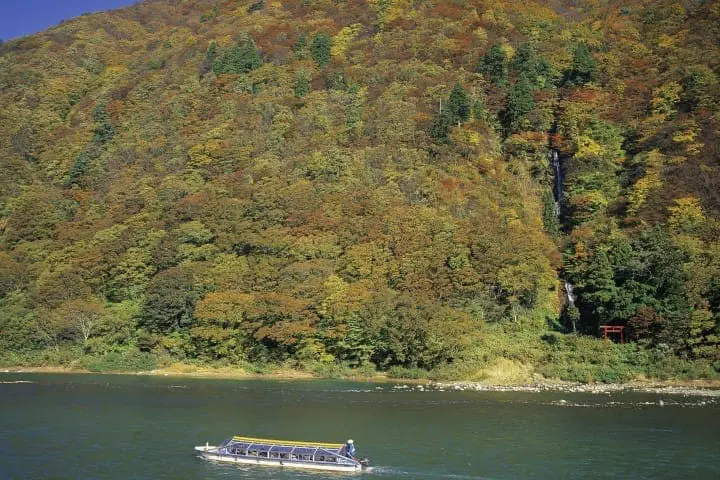
Picture courtesy of Yamagata Prefecture Tourism and Products Association
In Yamagata Prefecture's northern region of Mogami, visitors can enjoy a leisurely boat ride down a river.
Two different boat rides are available. The first course, the Mogami Valley Basho Line Boat Ride, is an hour-long excursion that goes from the port of Furukuchi to Kusanagi Hot Spring. On the return trip, a bus will shuttle passengers back to the original starting point.
The second course, the Mogami River Yoshitsune Adventure Boat Ride, does a return loop from the Takaya boat launching area (near JR Takaya Station) to Sennnindo—thought to be a lucky spot for matchmaking.
The cost of both courses is 2,500 yen. If you make a prior reservation, a meal is also included (soba, bento lunch box, etc.). So while listening to the boatman's charming river song, enjoy the sights along the way, including waterfalls, fall foliage, and other seasonal views.
Hotels near Mogami River
9. Sankyo Soko Storehouses - Find Your Ideal Souvenir Here

Photo by Pixta
Sakata City's Sankyo Soko Storehouses is a vast storehouse for rice. The Shonai region is famous for its high-quality rice production, and it's here that the rice is stored.
The complex consists of 12 mud-walled storehouses. The row of keyaki (Japanese zelkova) bonsai trees were planted to protect the rice from sunlight and wind—adding a touch of elegance to the area.
The area is also known as the filming location for the popular Japanese TV drama "Oshin."
On the storehouse grounds, there's a museum depicting the culture of farming villages and a sightseeing facility called Sakata Yume no Kura. At Sakata Yume no Kura, visitors can enjoy a meal made with local ingredients, and purchase souvenirs unique to the Shonai region.
10. Homma Museum of Art - Visit the Japanese Garden and Admire Artworks
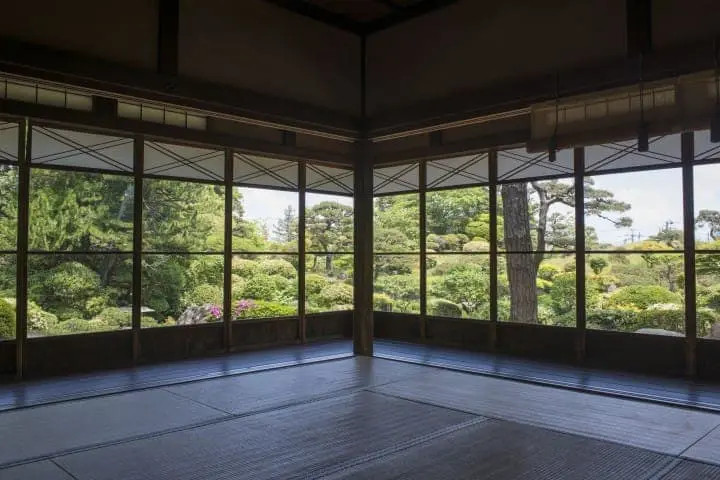
Picture courtesy of Yamagata Prefecture Tourism and Products Association
The Homma Museum of Art is right next to the Sankyo Soko Storehouses. On display is a collection of china and pottery alongside paintings belonging to the Homma family—the landowners who once lived in Sakata City.
We recommend admiring the seasonal views of a traditional Japanese garden called Tsurumai Garden. Of course, visitors must see the extensive collection of art pieces on display.
Adjoining the garden is a building called the Seienkaku. It's been said this place formerly hosted high ranking government officials and the Japanese royal family. The first floor is now a cafe where you can look out at the splendid garden while indulging in some matcha green tea and Japanese-style confectionery.
11. Mt. Haguro - A Power Spot and National Treasure

Tsuruoka City's Mt. Haguro is one of the three mountains of Dewa Sanzan—in which "Dewa" is the old name for Yamagata. For many years, this has been a hub for mountain worship in the Tohoku region. Many worshippers have made a pilgrimage here since ancient times.
From the Zuishinmon Gate at the entrance to the mountain trail to the summit, this is an hour-long excursion that takes visitors along paths and stairways made from stone.
While heading to our destination, let's stop at a rest area and enjoy matcha green tea and Chikara-mochi (rice cakes that provide strength for hikers).

Along the route, there are various highlights, including the Mt. Haguro Japanese Cedar-lined Path, which was awarded three stars in the Michelin Green Guide Japan as a significant natural monument. The Mt. Haguro Five-Story Pagoda is a national treasure.
At the summit, you'll be greeted by the Dewa Sanzan Shrine, where the god of Dewa Sanzan (Mt. Haguro, Mt. Gassan, and Mt. Yudono) is enshrined.
12. Chido Museum - Learn About Japan's Interesting Past
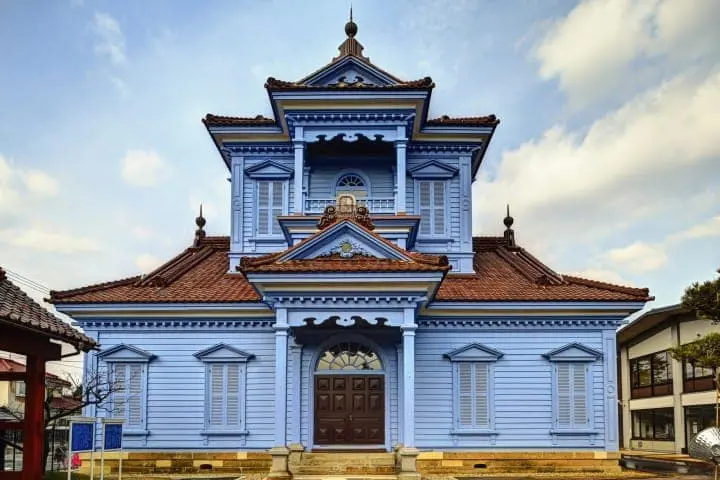
Photo by Pixta
The Chido Museum showcases the private residences of the Sakai Clan—the Shonai region's feudal lord around the time of the 17th century.
On the museum grounds, you can see historical buildings that have are important cultural properties, including the former Tsuruoka Police Station with its distinctive blue exterior. There's also a private home with a thatched roof known as the Former Shibuya Family Residence.

Picture courtesy of Yamagata Prefecture Tourism and Products Association
The museum houses many precious artifacts from the past, including old agricultural equipment, tools, and household goods.
A recent exhibit featuring a collaboration with the popular animation "Touken Ranbu" has received a lot of publicity.
13. Tsuruoka City Kamo Aquarium - See Thousands of Mystical Jellyfish Up Close!
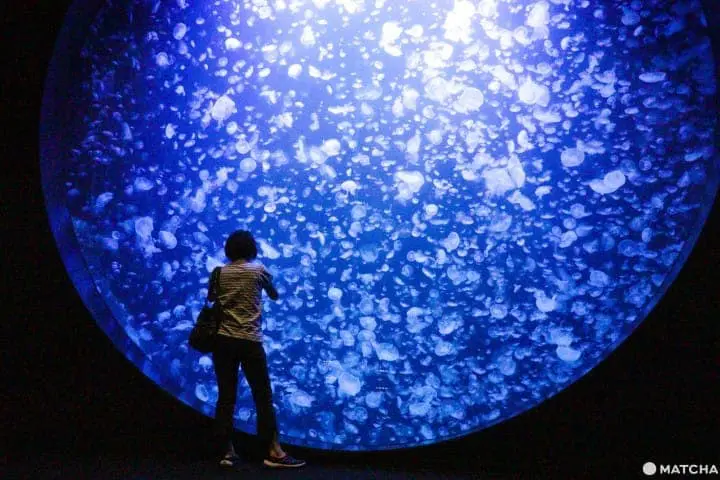
Kamo Aquarium is located in Tsuruoka City, which looks out onto the Sea of Japan. It's known as a facility that houses the world's most diverse collection of jellyfish.
The aquarium's main attraction is the Jellyfish (Kurage) Dream Theater: a water tank bathed in mystical blue light and filled with thousands of moon jellyfish.
Simply by watching the jellyfish drift by, many visitors are overcome with a soothing feeling while others enjoy snapping pictures of these beautiful sea creatures.
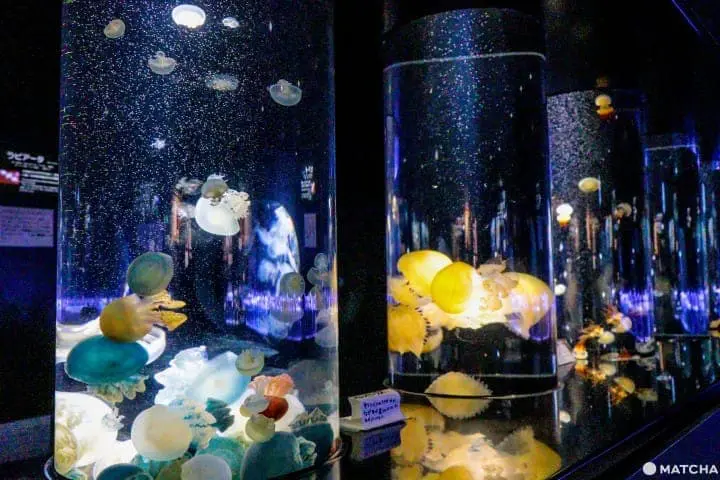
In addition to jellyfish, there are also sea lions, seals, and squid that all inhabit the Sea of Japan.
Visitors can also buy unique treats in Tsuruoka, such as soft-serve ice cream topped with jellyfish.
14. Juroku Rakan Iwa - Admire Images Carved in Stone

Picture courtesy of Yamagata Prefecture Tourism and Products Association
The Juroku Rakan Iwa (Sixteen Rakan Rocks) is in Yuzamachi, which sits on the border of Yamagata and Akita prefectures. Here on the Sea of Japan's shoreline, you can see the faces of 22 Buddhist figures, all carved into large volcanic rocks.
A Buddhist priest from a nearby temple created this curious sight as a way of honoring lost sailors and fishers. The captivating monument also serves as a prayer for the safety of those out on the sea. Carved into natural rocks, the sculptures are said to be some of the foremost in Japan due to their gigantic size.
From an observation deck, you can see the rocks with the backdrop of the sea and stunning sunset. During the summer months, there's a special event in which the rocks are illuminated at night.
Taste Yamagata Prefecture's Exquisite Cuisine
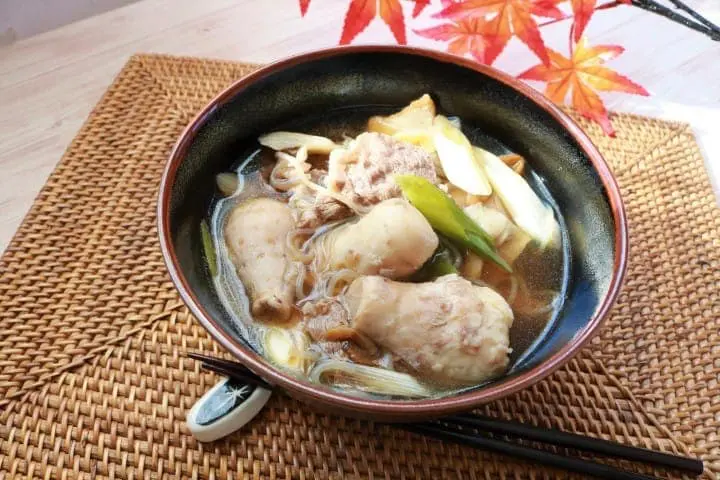
Photo by Pixta
In Yamagata Prefecture, there are many specialty items, products, and local cuisine, which can be savored at many eateries.
In particular, sake production flourishes here. There are thought to be more than 50 varieties of fermented rice wine currently produced in the prefecture.
At countless izakayas (Japanese pub) in Yamagata Prefecture, visitors can enjoy local dishes that pair wonderfully with sake.
Some of these dishes include imoni, a Japanese stew consisting of sato imo (mountain potatoes), vegetables, and beef or pork. There are also special pickled vegetables and Dongarajiru, a hotpot dish where an entire codfish is used. Diners can also expect food using wild mountain vegetables and plants, too.
Fruit
A variety of fruit is grown in Yamagata Prefecture, including cherries and La France western pears.

Picture courtesy of Yamagata Prefecture Tourism and Products Association
At Hatake Cafe, located just in front of Yamagata Station, you can order out parfaits filled with fresh fruit and cherry-flavored soft-serve ice cream.
There's also Fruits Plaza (Yamagata City), where you can sample fresh juice; Road Station Sagae Cherry Land, known for its gelato ice cream; and the popular Aomoriya (Tsuruoka City), which sells delicious fruit tarts.
Yonezawa Beef

Yonezawa beef is one variety of wagyu beef that comes from cattle raised in Yamagata Prefecture. Along with Matsusaka beef and Kobe beef, it's said to be one of the top three wagyu beef brands in Japan.
Surrounded by steep mountains, there are drastic differences between day/night time and summer/winter temperatures in the Yonezawa area. This results in the delicate, melt-in-your-mouth texture of this finely marbled beef.

If you'd like to enjoy the exquisite taste of Yonezawa beef in a relaxing setting, we recommend Uesugi Hakushakutei. In a traditional Japanese-style building, you can savor the taste of filet steaks, roast beef, and other cuts of Yonezawa beef while gazing out at an elegant Japanese garden.
There's also Yonezawa Beef Tokiwa—Yonezawa City's oldest specialty restaurant that was once visited by the Showa Era royal family, featuring sukiyaki.
Hotels near Uesugi Count House
Chilled Ramen Noodles
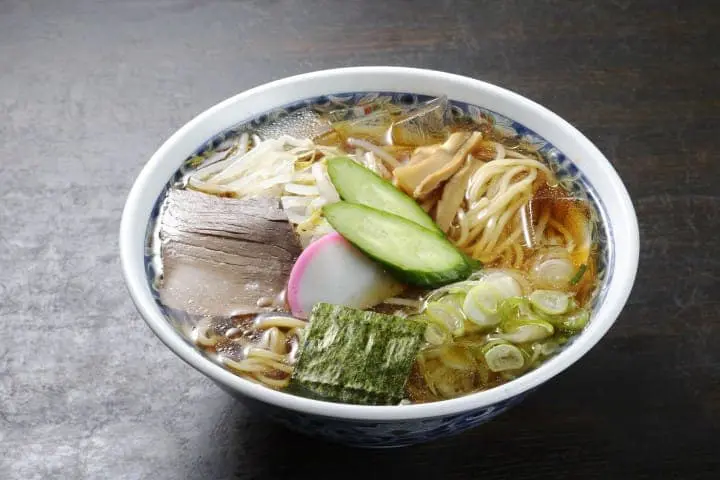
Picture courtesy of Yamagata Prefecture Tourism and Products Association
Despite being situated in the Tohoku region, Yamagata Prefecture has had some record high temperatures during the summertime. To combat this summer heat, local chefs invented cold ramen noodles, which have become a prefectural specialty.
These noodles were first cooked up at Sakaeya Honten, a shop near the Gotenzeki and Yamagata Local Museum Bunshokan.
These noodles are called hiyashi ramen (chilled noodles). It took a lot of trial and error to create a cold noodle dish where the soup's fat doesn't solidify and harden. This dish has a deep yet refreshing flavor, which explains the long lines outside the shop in the summer.
There are other noteworthy shops within the Yamagata City area, including Shironishi Kinchan Ramen, where diners can taste homemade noodles, and Shuchan Ramen, which specializes in miso ramen.
Accommodations to enjoy Japaneseness
The largest löyly Sauna and book lounge in Yamagata
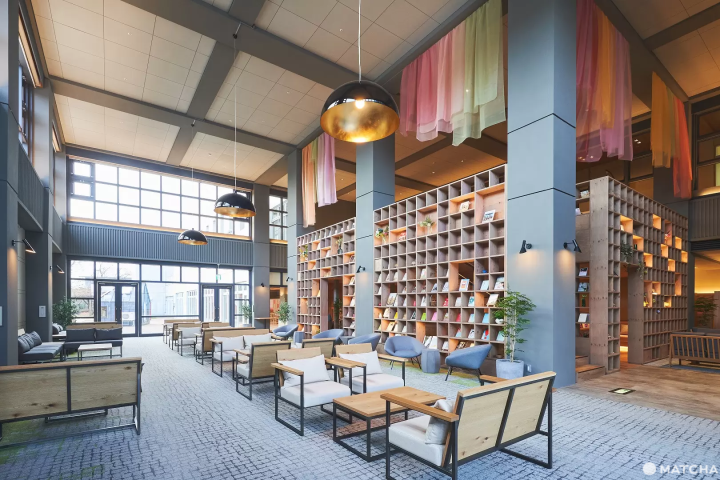
photo by PR Times
« Ofuro café yusa” is a bathing facility where you can relax all day long, is scheduled to open in December 2023.
While still functioning as an accommodation facility, it is fully equipped with the prefecture’s largest löyly sauna and sauna garden, as well as a book lounge with over 8000 books. There is also a co-working space where you can focus on business, a ball pool where small children play, a picture book corner, and other spaces for kids.
Price: The adults (above 12 years old): 1,408 yen on weekdays, 1,738 yen on weekends. The children (below 11 years old): 704 yen on weekdays, 869 yen on weekends. *A bathing tax of 75 yen will be collected separately according to the Yamagata City Ordinance.
Opening hours: 10:00〜22:00(Last entry 21:00)
Address: Yamagata, Yamagata-shi, Ooaza, Kurosawa 319-2
Access: 5 minutes by taxi from Yonezawa station on JR line
Yonezawa Excel Hotel Tokyu in the center of Yonezawa City
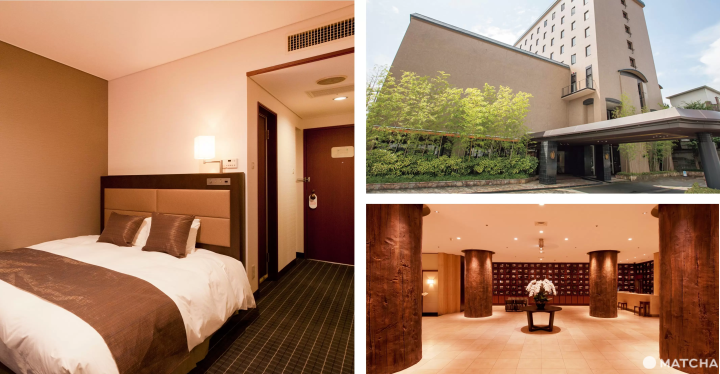
photo by PR Times
Yonezawa Excel Hotel Tokyu is located in the center of Yonezawa City, nearby the Yonezawa Castle ruins and Uesgui Shrine. You can enjoy the nearby hot springs as well as the food culture such as Yonezawa beef. The area is also abundant in various tourist spots including “the land of the Uesugi samurai clan” which is a must for lovers of history. It is a hotel that can serve as a base for sightseeing areas.
Address: Yamagata, Yonezawa-shi, Chuou, 1-13-3 (Ex Daiichi Hotel Yonezawa)
Access: 5 minutes by taxi from Yonezawa station on JR line
“Honkan Kosekiya”, a hotel in Ginzan Onsen where you can enjoy the beauty of Japanese architecture.
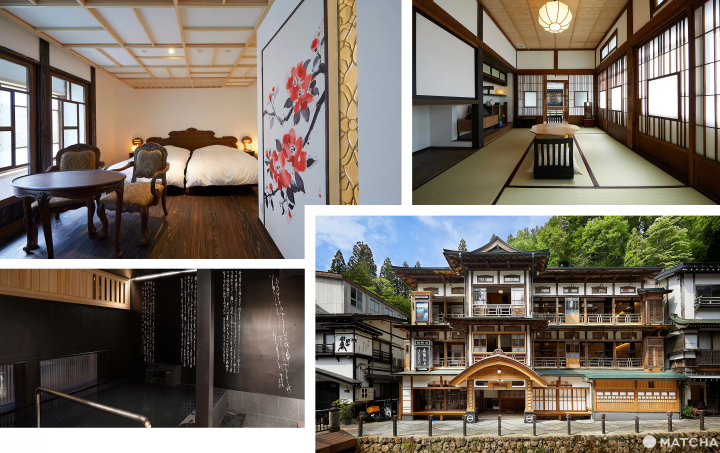
photo by PR Times
A historical hotel that was built over 100 years ago in the Art Deco style, which had a great influence on Japanese architecture was revived by master craftsmen.
There are 14 rooms facing the river or the mountains, which are either a modern Japanese-Western style room with twin beds or a purely retro Japanese style room that reflects the atmosphere of the past. Inside the hotel is an indoor bath made of suzuri inkstone reminiscent of past calligraphers and a unique Taisho bath that reviving the old Ginzan Onsen style. The meals offered at affiliated restaurants in the hot spring town are all-inclusive during your stay included in the accommodation fee, so that you can spend your time free of any budget concern.
Address: Yamagata, Obanasawa-shi, Ooaza, Ginzan-Shinbata, 412
Access: Reserve the bus beforehand from Ooishida station on JR line to Ginzan Onsen
Experience Yamagata Prefecture's Nature and History
Yamagata has many attractive features, including historic hot springs and castle ruins. There's also unique local cuisine and abundant nature, such as Mount Zao and Haguro, the Mogami River, and the Sea of Japan.
When you have the chance to visit Japan's Tohoku region, please use this article as a guide to enjoying all of what Yamagata Prefecture has to offer!
Born in Yamagata Prefecture. I have experience working in community development at the foot of Mt. Fuji and PR for local products across the country, and am currently working in Tokyo to disseminate information about Yamanashi Prefecture. A mother of one who loves local gourmet food and alcohol.












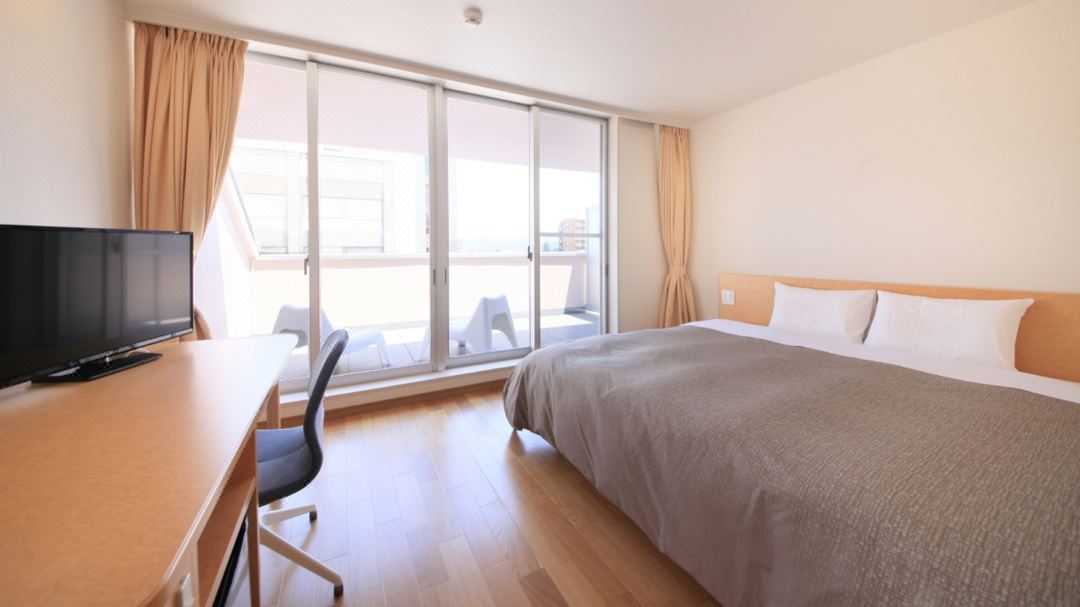

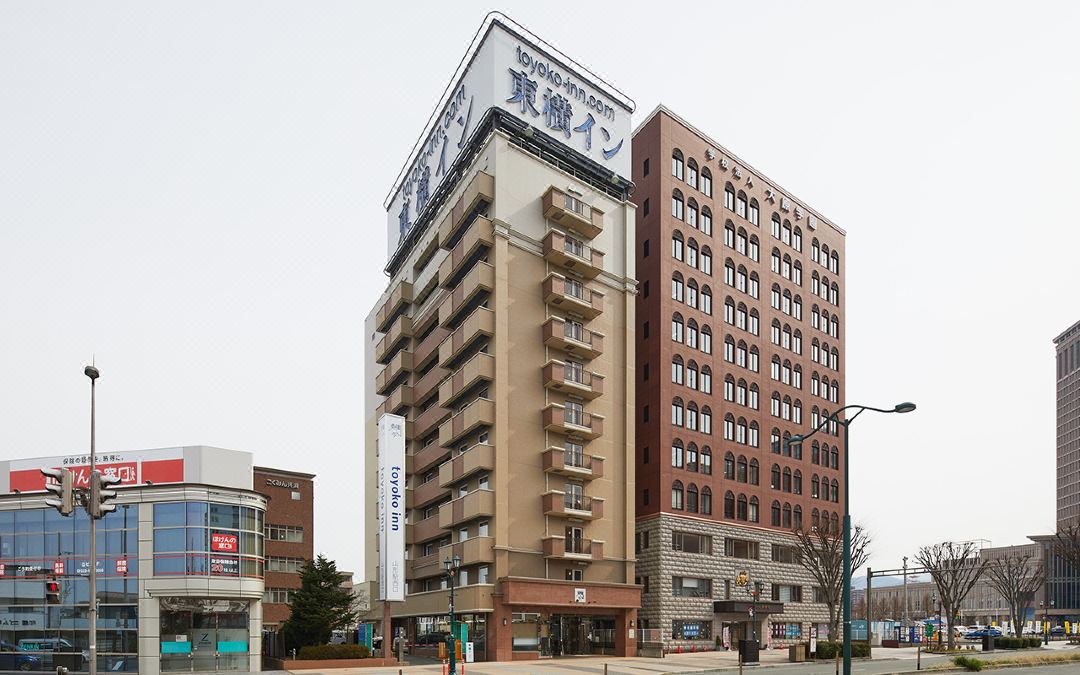
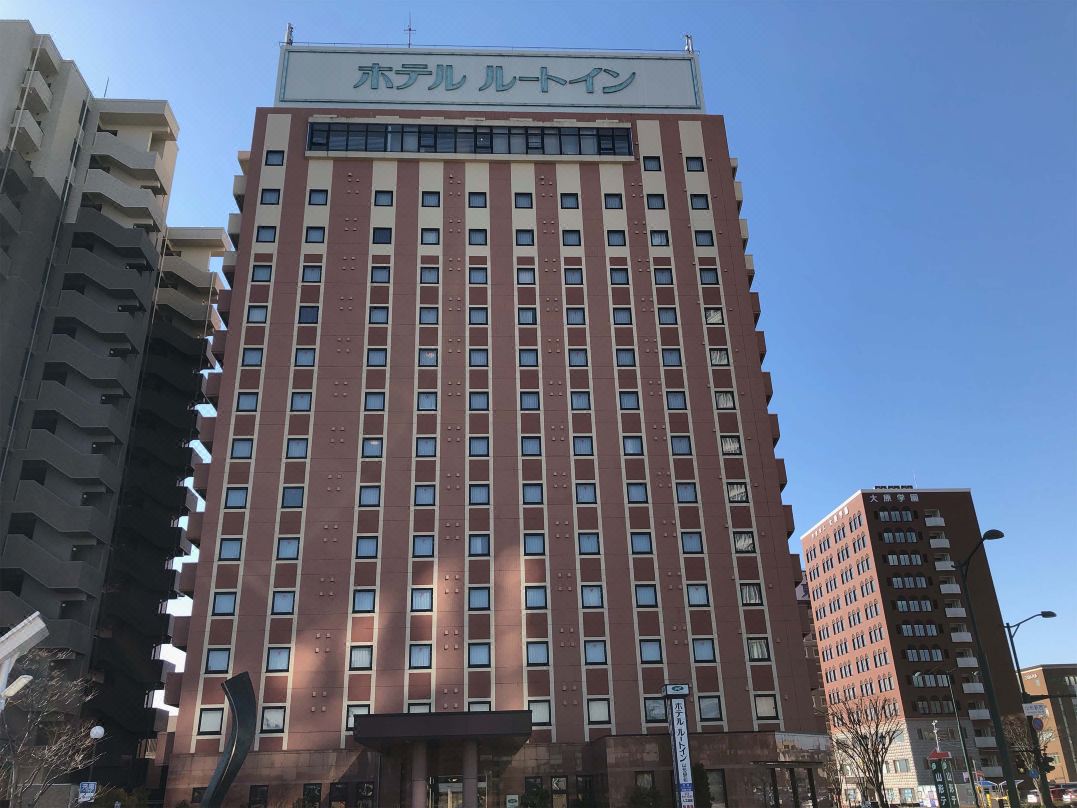



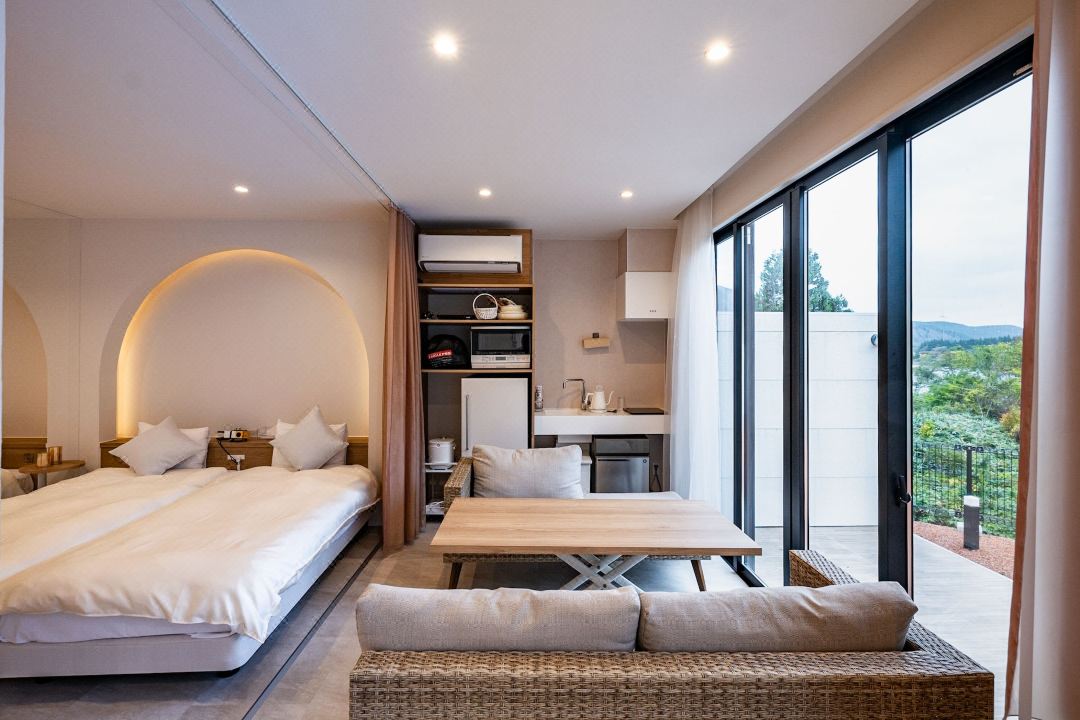






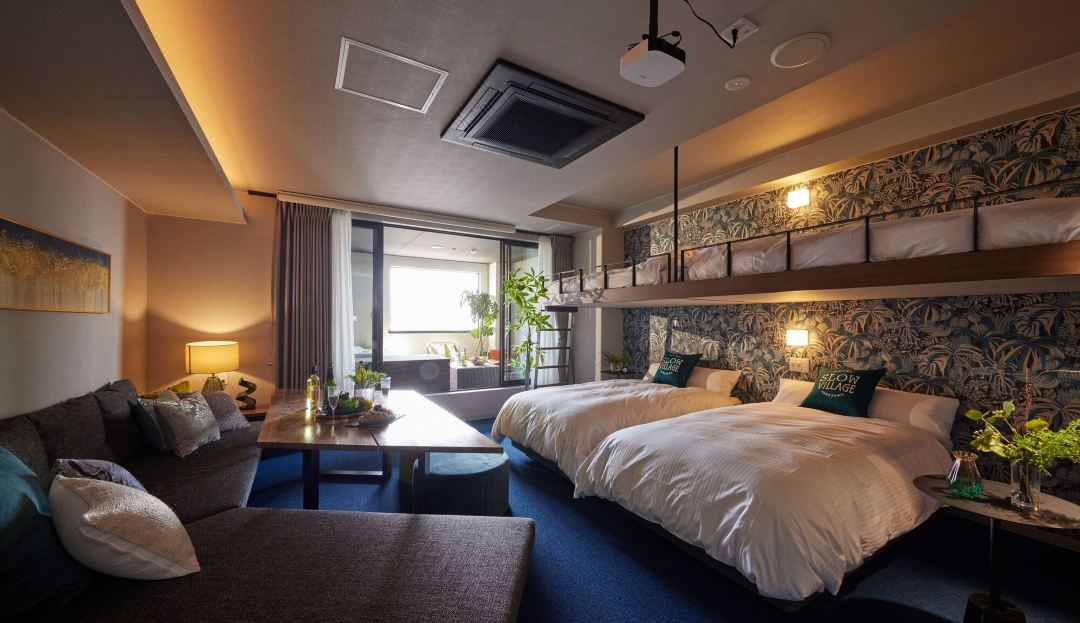
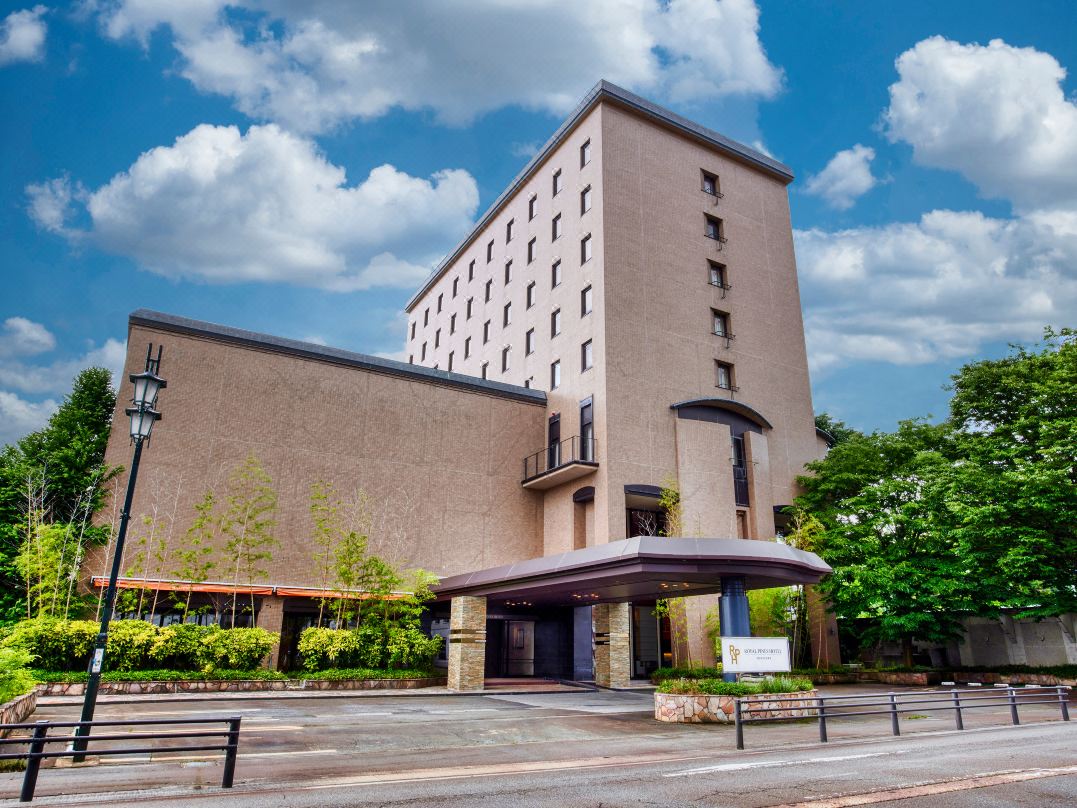






























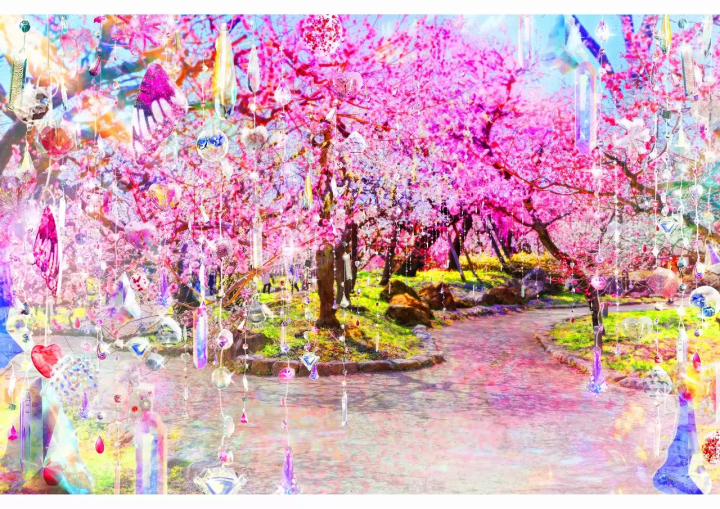
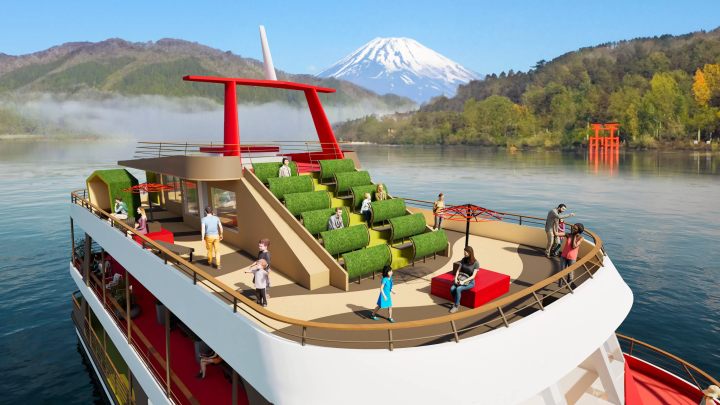

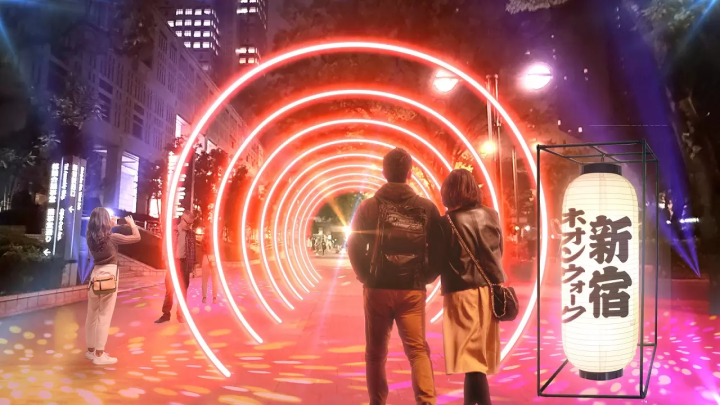





![[2026] Top 5 Strawberry Picking Spots in Tokushima, Naruto| Farms and Access Guide for January to May](https://resources.matcha-jp.com/resize/720x2000/2025/03/06-227165.webp)



